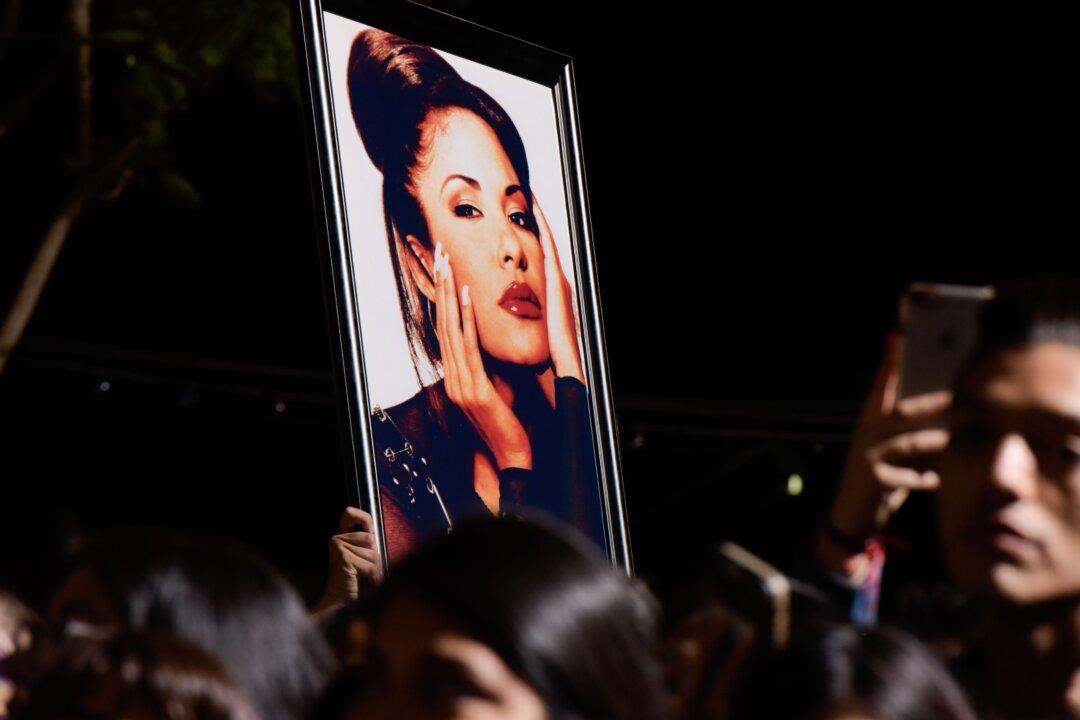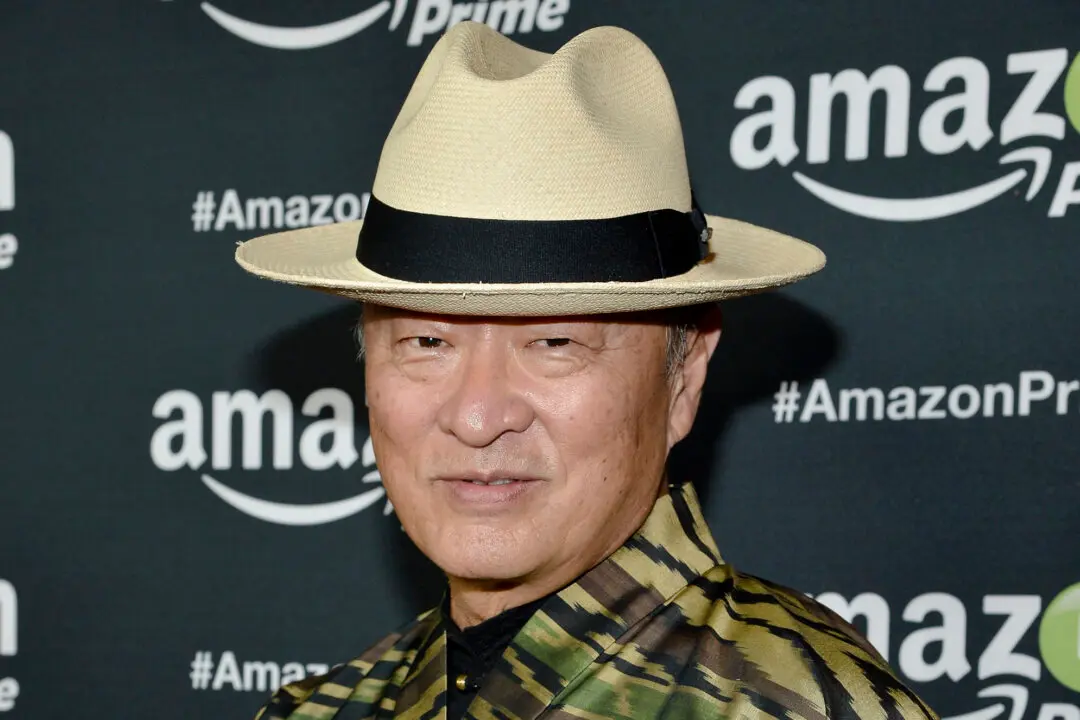Yolanda Saldívar, the woman who was found guilty of killing Texas-born Tejano singer Selena Quintanilla-Pérez, has officially filed for parole.
Saldívar, 64, was convicted of first-degree murder in October 1995 and sentenced to life in prison with the possibility of parole after serving 30 years.
“The process begins with the offender’s file being reviewed for all appropriate documents, including letters of support and protest,” the department notes.
After reviewing the file, a parole officer with the Texas Board of Pardons and Paroles will interview Saldívar and prepare a case summary for the parole board.
Murder of Selena
Saldívar served as the president of Selena’s fan club, which she founded in 1991.The former nurse later became the manager of Selena Etc., the Grammy Award-winning singer’s clothing boutique and beauty salon company, which had locations in Corpus Christi and San Antonio, Texas.
However, in early 1995, Saldívar was allegedly fired after Selena’s family accused her of embezzling $30,000 from the fan club and boutiques.
On March 31, 1995, the “Como La Flor” singer met Saldívar at a Days Inn motel in Corpus Christi to obtain financial records that her former employee had been withholding.
There, Saldívar, then 35, shot Selena in the back with a Taurus Model 85 revolver.
The 23-year-old pop star managed to run to the motel lobby, where she reportedly told a front desk agent that Saldívar had shot her. Selena was later pronounced dead at the Corpus Christi Memorial Hospital.
After a nine-hour standoff in the motel’s parking lot, Saldívar surrendered to police.
During her trial, a jury heard recordings of conversations between the former nurse–who claimed the shooting was an accident—and police negotiators.
On Oct. 23, 1995, the jury found Saldívar guilty following a two-week trial.
“During the trial, it’s not really embezzlement that we need to prove. What we need[ed] to prove is that Mr. Quintanilla [Selena’s father] thought there was embezzlement going on,” District Attorney Carlos Valdez said in the documentary about the trial.
“We were alleging that Mr. Quintanilla thought she was doing something illegal, improper; that there was money missing.
“Based on that, he decided to confront Yolanda Saldivar. The actual confrontation started the whole domino effect ... which resulted in the death of Selena.”
In an interview for the two-part docuseries, Saldívar claimed she was not fired, insisting that she quit instead.
“Selena, when she came into the [hotel] room, she kept trying to put guilt in me for not continuing with her, and how everything was going to crumble,” said Saldívar, claiming that she told Selena that she planned to kill herself using the gun.
“My emotions were running so high, and I was hurting,” she added, claiming that the gun went off when Selena attempted to leave the motel room.
‘Queen of Tejano Music’
Born in Lake Jackson, Texas, to Mexican American parents, Selena rose to fame in the late 1980s as the singer of Selena y Los Dinos, the family band formed by her father, Abraham Quintanilla Jr.Dubbed the “Queen of Tejano Music,” Selena went on to release six albums with the band: “Selena y Los Dinos” (1984), “Alpha” (1986), “Muñequito de Trapo” (1986), “And the Winner Is...” (1987), “Preciosa” (1988), and “Dulce Amor” (1988).
Selena later pursued a solo career, releasing her self-titled debut album, “Selena,” in 1989. Subsequent albums included “Ven Conmigo” (1990), “Entre a Mi Mundo” (1992), “Amor Prohibido” (1994), and “Dreaming of You” (1995).
In 1994, Selena won her first Grammy Award for “Best Mexican American Album,” becoming the first female Tejano artist to receive the honor.
The singer thanked her father during her acceptance speech, as well as her brother, Abraham Quintanilla III, who produced her music, and her sister, Suzette Quintanilla, who was the drummer for Selena y Los Dinos.







